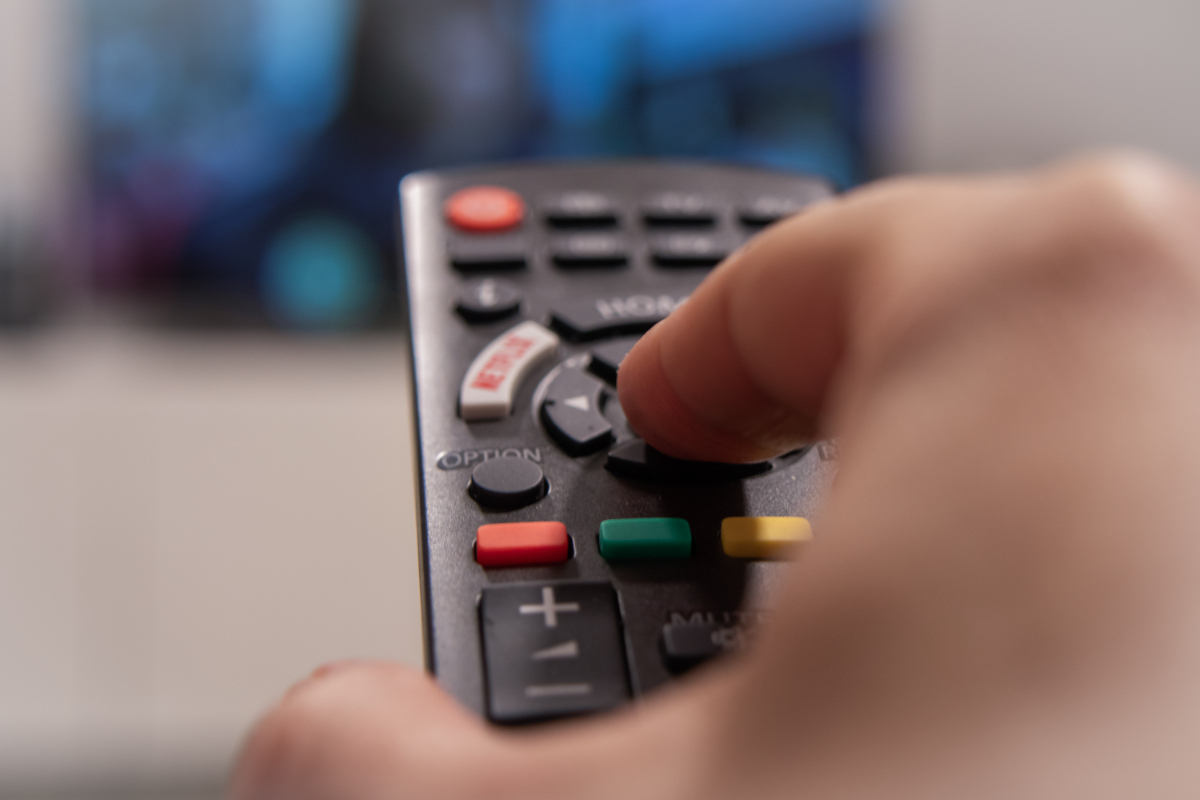December 27, 2021
What is Pad Printing: How It Works and How it Benefits You

What is pad printing? Chances are you’ve seen this service offered by a plastic injection molder and thought of this question before.
Have you turned on your TV with its remote? Typed an essay with your computer keyboard? Unlocked your car with a transponder key? All of these things have icons and symbols on their face that were put there using pad printing.
You may still be wondering: what is pad printing, and how does it work? Continue reading to learn all about it!
Pad printing, also known as tampo printing and tampography, is a kind of printing process. Specifically, it is an indirect offset process that uses a silicon pad and printing plate. It can be used on all types of product shapes, such as curved, hollow, and other complex surfaces. It can also be applied to all kinds of textures and angles — the printing possibilities are endless.
In pad printing, a machine transfers a 2-dimensional image onto a 3-dimensional object. While there are subtle variations in the process depending on the machine, tools, and materials at hand, all pad printing goes through these basic steps:
A pad printing machine makes use of a variety of materials and inks to perform its service. This variety helps pad printing achieve any kind of design a client needs or requests. The following are the common materials and inks that are used in pad printing:
The process of pad printing is versatile and easy to apply to your products. With pad printing, you could print intricate designs on any surface, or add tiny, delicate lettering to your product. This can be done even on the curviest, most indented surfaces.
Because pad printing is so usable, it offers many benefits, such as:
Pad printing is often used for difficult and complex products in many industries. In plastic injection molding, we recommend using pad printing services to finish specific product groups.
In pharmaceuticals, pad printing is used to add important instructions and indicators on items like medicine containers and coated tablets. In the medical industry, pad printing is used to print measurements and relevant information on devices like syringes, inhalers, insulin pens, catheters, and more.
For commercial goods like sports equipment or cosmetics, pad printing is used to decorate and color helmets, perfume bottles, sports gloves, lipstick holders, and the like. Beverage packaging also makes use of pad printing to create labels on bottle caps, corks, etc.
When it comes to plastic injection molded products, pad printing is a method flexible enough to adapt to a vast variety of textures, shapes, and designs. Pad printing allows many people to customize their plastic products to best fit their intended end-use as well as their company’s design and branding. of substrates and substances.
In need of such a service? Richfields, one of the leading plastic injection molding companies in the US, offers speedy and high-quality pad printing services. Message us today to learn more about our rates and how we can apply pad printing to your product. We also offer a wide variety of primary and secondary plastic injection services — click here to see!